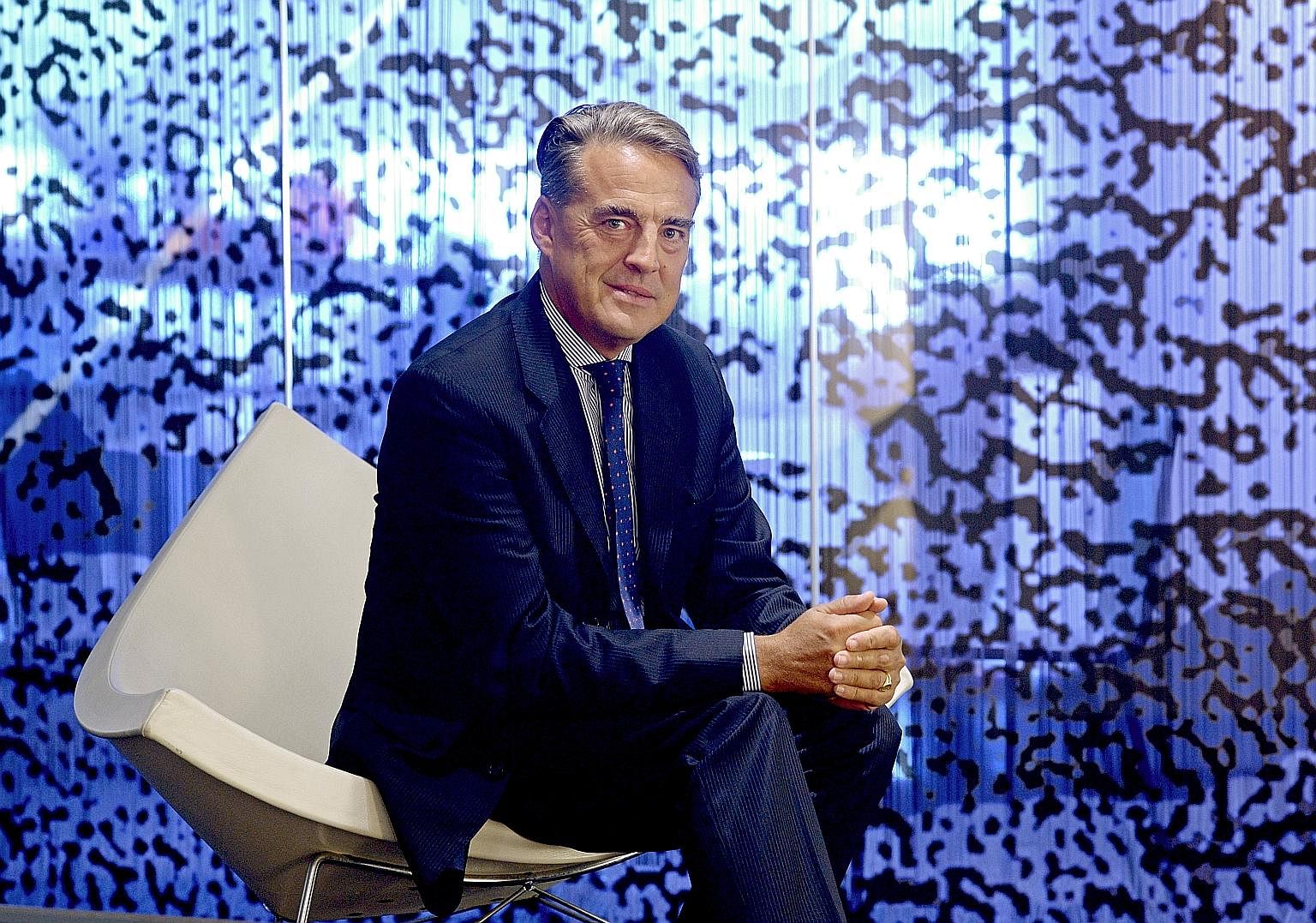There were differences and reservations but when push came to shove, the deal was done.
A historic United Nations consensus to cap carbon emissions for the aviation sector has received solid backing from major countries, including those in South-east Asia.
Singapore, Indonesia, Thailand and Malaysia are among 64 countries that have agreed to participate on a voluntary basis in a global market-based measure to control carbon dioxide pollution from international flights.
Together, these countries account for almost 84 per cent of international aviation activity. More are expected to join the scheme proposed by the International Civil Aviation Organisation (ICAO) - the UN's civil aviation arm - when it is launched in 2021, observers say.
The confidence stems from the fact that with the exception of Russia, India, Venezuela and Argentina which expressed some reservations, all the other 191 ICAO member states gave the proposal their full backing at the ICAO assembly which ended in Montreal, Canada, on Thursday.
The scheme, first mooted about seven years ago by the aviation industry, calls for voluntary participation from 2021.
It will become compulsory in 2027 for most countries.

The goal is to cap future carbon emissions at the 2020 level. This means airlines from participating countries, including Singapore, will have to offset or neutralise excess carbon dioxide emissions, likely by investing in projects to reduce carbon emissions.
Airlines are expected to spend no more than US$25 billion (S$34 billion) to buy emissions credits in 2035, or about 1 per cent of projected total revenues. As soon as the Montreal agreement was announced, it was heralded as a historic achievement by governments, industry bodies and environmental groups.
Executive Director of the cross-industry and non-profit Air Transport Action Group Michael Gill declared: "What was a visionary approach seven years ago has today become a reality."
The consensus has added significance, coming just a day after the UN announced that the Paris Agreement - a global deal on climate change - will come into force next month after passing a required threshold for ratification.
Mr Gill, who noted that international aviation was excluded from the Paris Agreement, said: "Negotiators in Paris had faith in the ICAO to deliver an agreement for international air transport emissions tailored to the unique circumstances of our sector. That faith has truly paid off."
There is an urgent need for the aviation industry to tackle emissions. Currently, the global aviation network manages about 10 million passengers and 100,000 flights a day, with international aviation contributing 1.3 per cent a year to global man-made carbon emissions.
Aircraft today are about 80 per cent more fuel efficient per passenger kilometre than in the 1960s, said the ICAO.
Aviation emissions, however, are forecast to grow in the coming decades, as the projected annual improvements in aircraft fuel efficiency of around 1 to 2 per cent are surpassed by forecasted traffic growth of about 5 per cent per year.
Based on the environmental trend assessment by the ICAO Council's Committee on Aviation Environmental Protection, international aviation fuel consumption is estimated to grow somewhere between 2.8 and 3.9 times by 2040, compared with the 2010 levels.
Against this backdrop, the agreement struck at the ICAO assembly is indeed a major milestone.
It is, however, not perfect.
For one thing, an earlier goal to achieve carbon-neutral growth for the entire industry from 2020 is unlikely to be realised because the 64 countries participating in the scheme do not cover 100 per cent of international flights.
Ms Annie Petsonk, the international counsel for the Environmental Defence Fund, told The Straits Times that current analysis suggests the scheme will cover an estimated three quarters of international aviation's expected emissions growth between 2021 and 2035. Still, it is a great and significant first step, she stressed.
"We don't have it all covered but what we have (with the ICAO agreement) is a good opportunity to get more countries to come on board before 2021," she said.
The next one to two years will be key, observers say, as stakeholders hammer out the operational details like how the scheme will be administered and the means by which airlines will be able to offset their excess carbon emissions.
The industry is also mindful that the carbon offset scheme alone is not going to cut it, said chief executive of the International Air Transport Association (IATA) Alexandre de Juniac.
IATA will continue to drive its four-pillar strategy on climate change, consisting of improvements in technology, operations and infrastructure, as well as the carbon scheme.
Mr de Juniac said: "Airlines will continue to invest in new technology, particularly new aircraft and sustainable alternative fuels... And we will continue to ask governments to do their part with investments to modernise air traffic management and with supportive policies to help commercialise sustainable alternative fuels for aviation."
Even as stakeholders celebrate the Montreal outcome, the work is far from done. Soon there will be meetings to discuss operational details.

